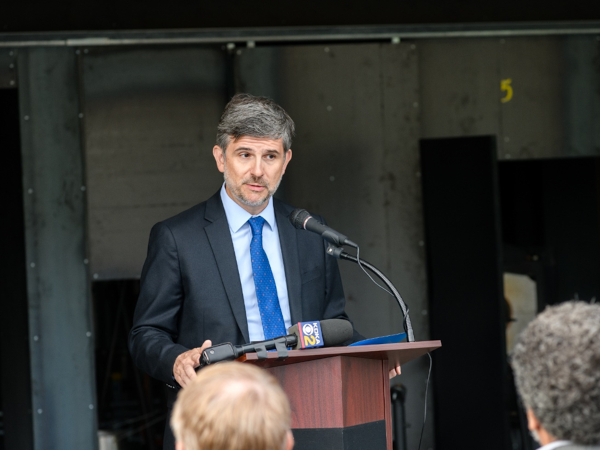Date: 9 October 2014
Famed architects such as Philip Johnson and I.M Pei and renowned firms such as Skidmore, Owings & Merrill specified SOLARBAN® glass by PPG Industries (NYSE:PPG) to design many of the sleek modernist structures that typified the era.Post Oak Central, 1976, Philip JohnsonIntroduced by PPG in 1964, Solarban glass heralded a new age of environmentally-advanced glass by being one of the first coated glasses engineered to reflect heat away from buildings to reduce air-conditioning use.The glass’s ability to reduce energy use in buildings became even more critical after the oil crises of the 1970s, which likely influenced the specification of Solarban glass for the Houston landmarks pictured above, including Johnson’s Post Oak Central complex; Skidmore, Owings & Merrill’s First International Plaza; Fulbright Tower (formerly III Houston Center); and I.M. Pei’s JPMorgan Chase Tower, which features an 85-foot-wide span of glass that ascends the full height of the building’s west facade.
.jpg)
Enterprise Plaza, 1981, Skidmore, Owings & Merrill
Today, the Solarban brand encompasses a broad range of significantly higher-performing solar control, low-emissivity (low-e) glasses that help architects design and construct more sustainable buildings featuring glass that transmits daylight and blocks solar heat, thereby reducing heating, cooling and lighting demands.
.jpg)
JPMorgan Chase Tower, 1982, I.M. Pei
Although glass technology has evolved significantly since Post Oak Central I opened in 1976, Solarban glass is still enabling these historic structures to meet the energy and environmental demands of today’s green building movement. In fact, due in part to their use of energy-efficient Solarban glass, all four buildings have earned LEED® certification for existing buildings (LEED-EB) from the U.S. Green Building Council.
.jpg)
Fulbright Tower, 1982, Caudill Rowlett Scott
For more information about the 50th anniversary of Solarban glass and its impact on architectural design, energy efficiency and skylines around the country, visit www.SolarbanGlassLegacy.com.
Solarban is a registered trademark of PPG Industries Ohio, Inc.
LEED – an acronym for the phrase “Leadership in Energy and Environmental Design” – is a registered trademark of the U.S. Green Building Council.
Contact:
Robert J. Struble
PPG Flat Glass
412-820-8138
rstruble@ppg.com
www.ppgideascapes.com







Add new comment